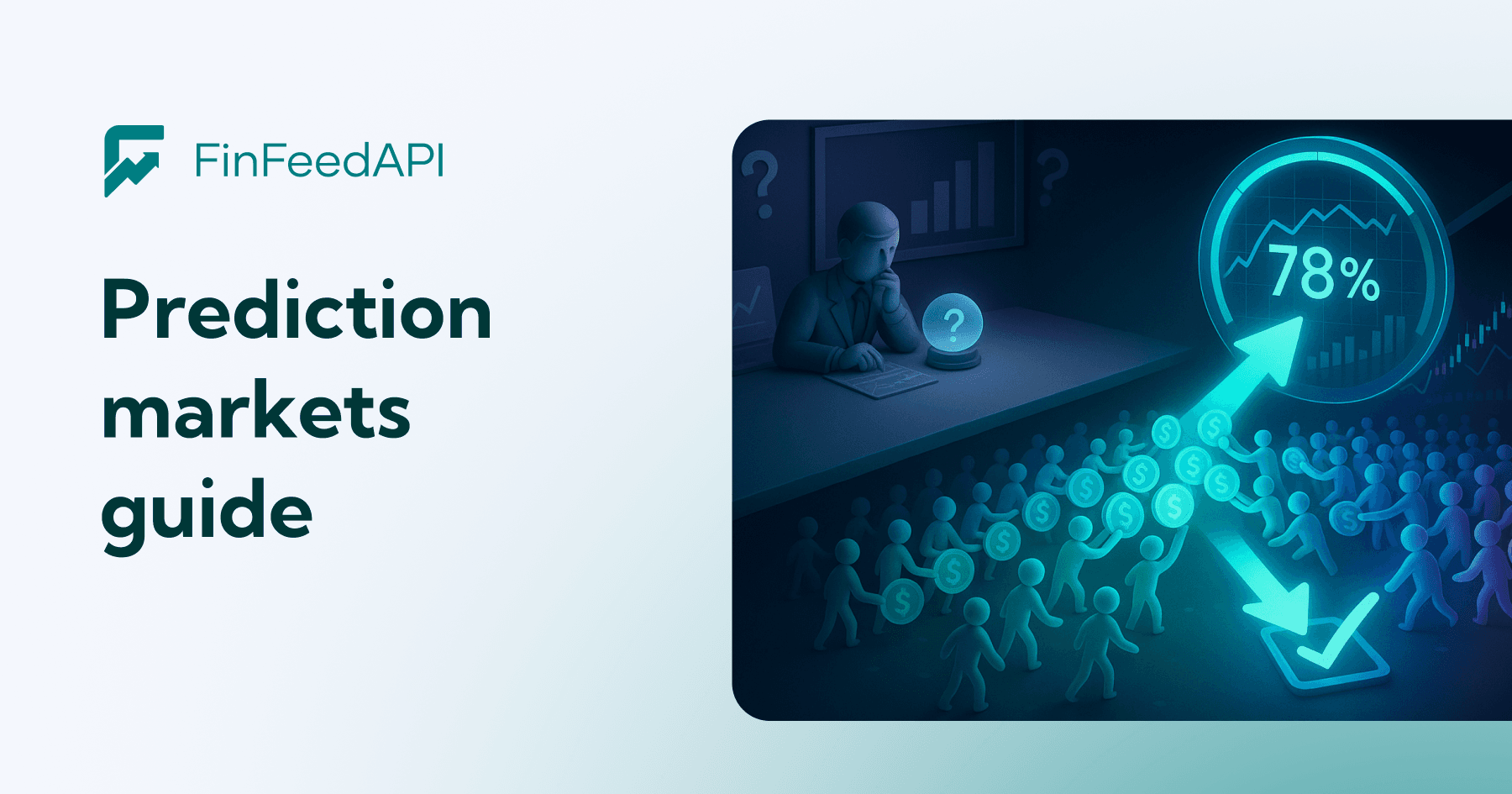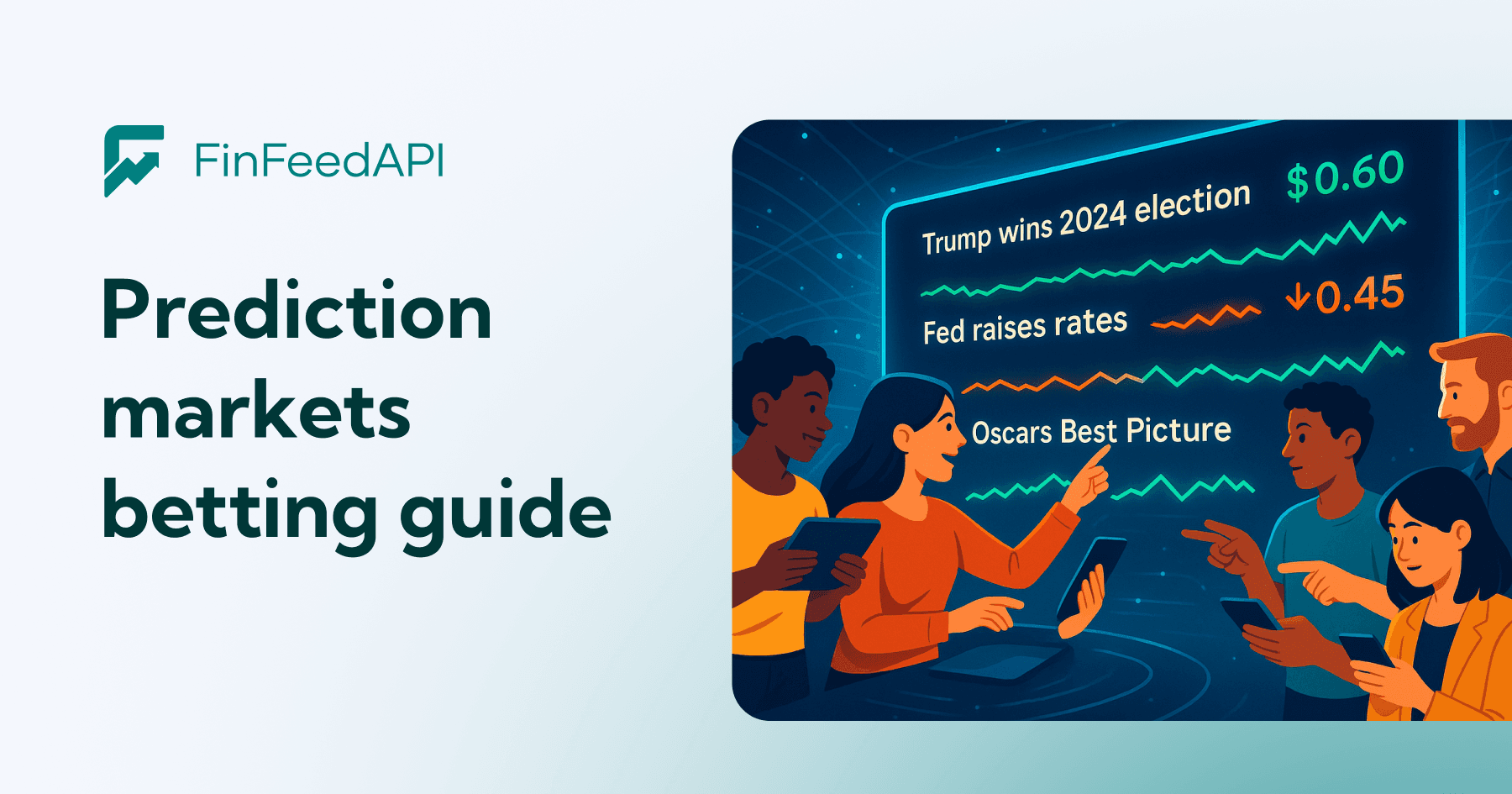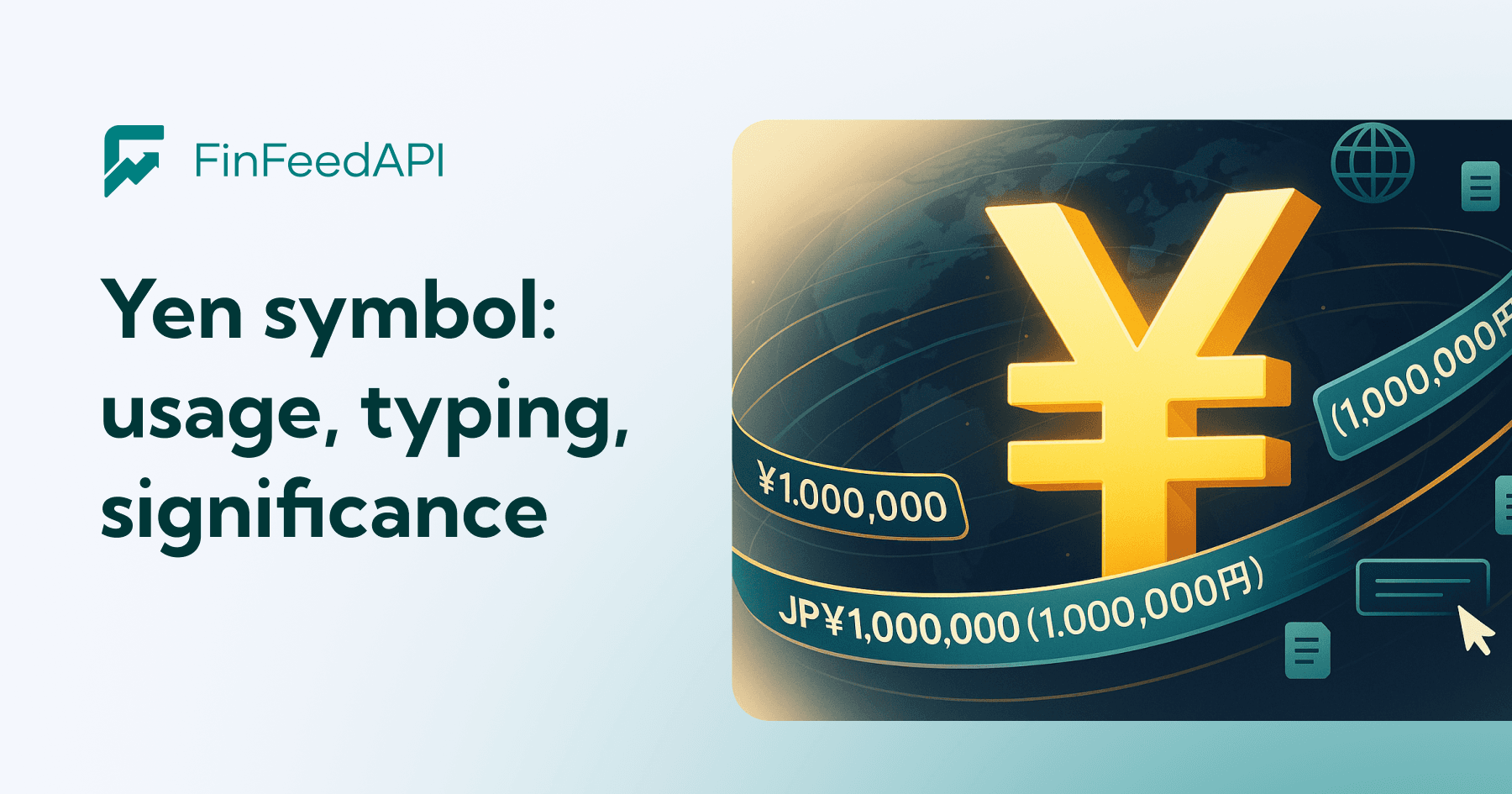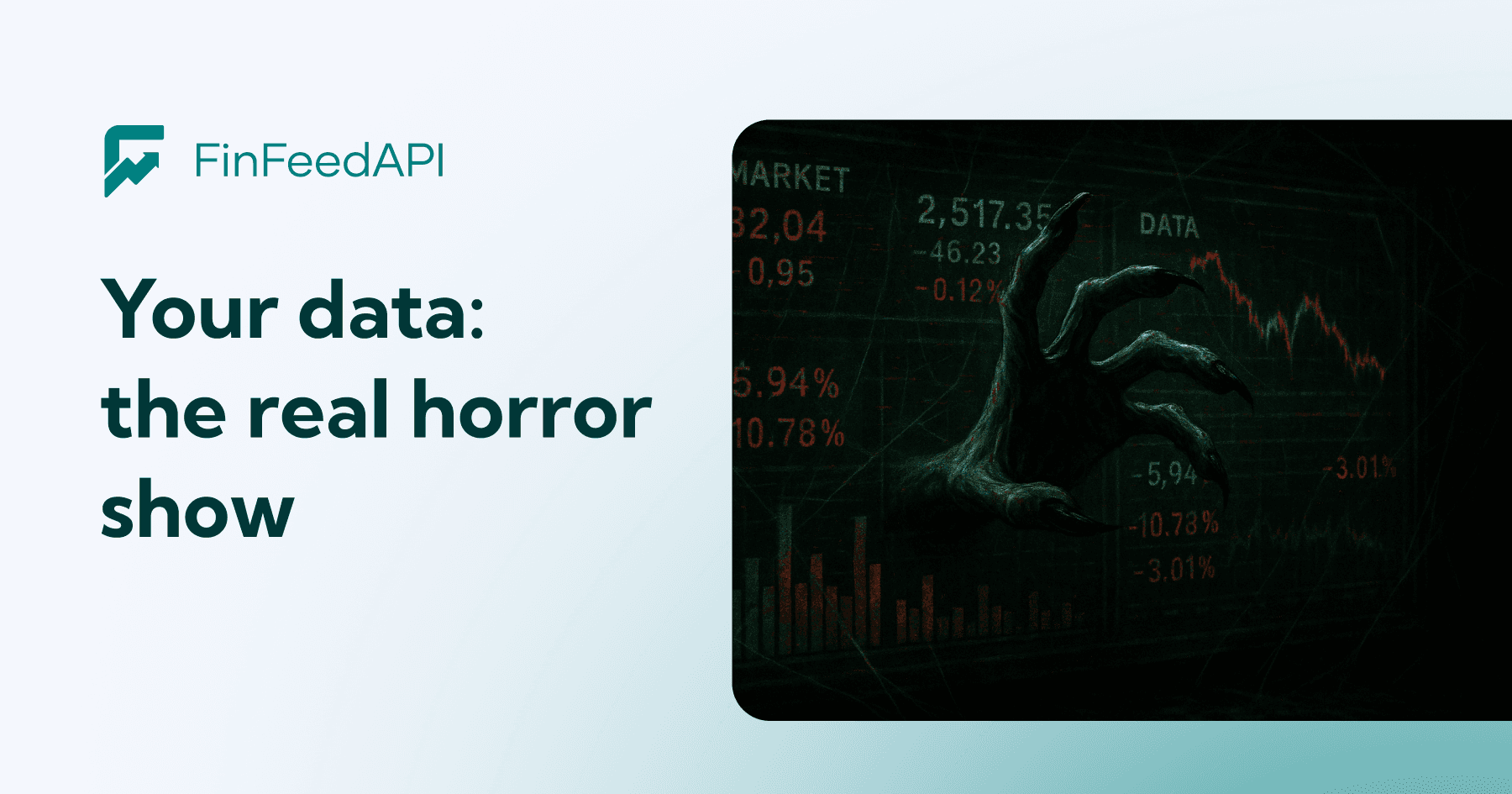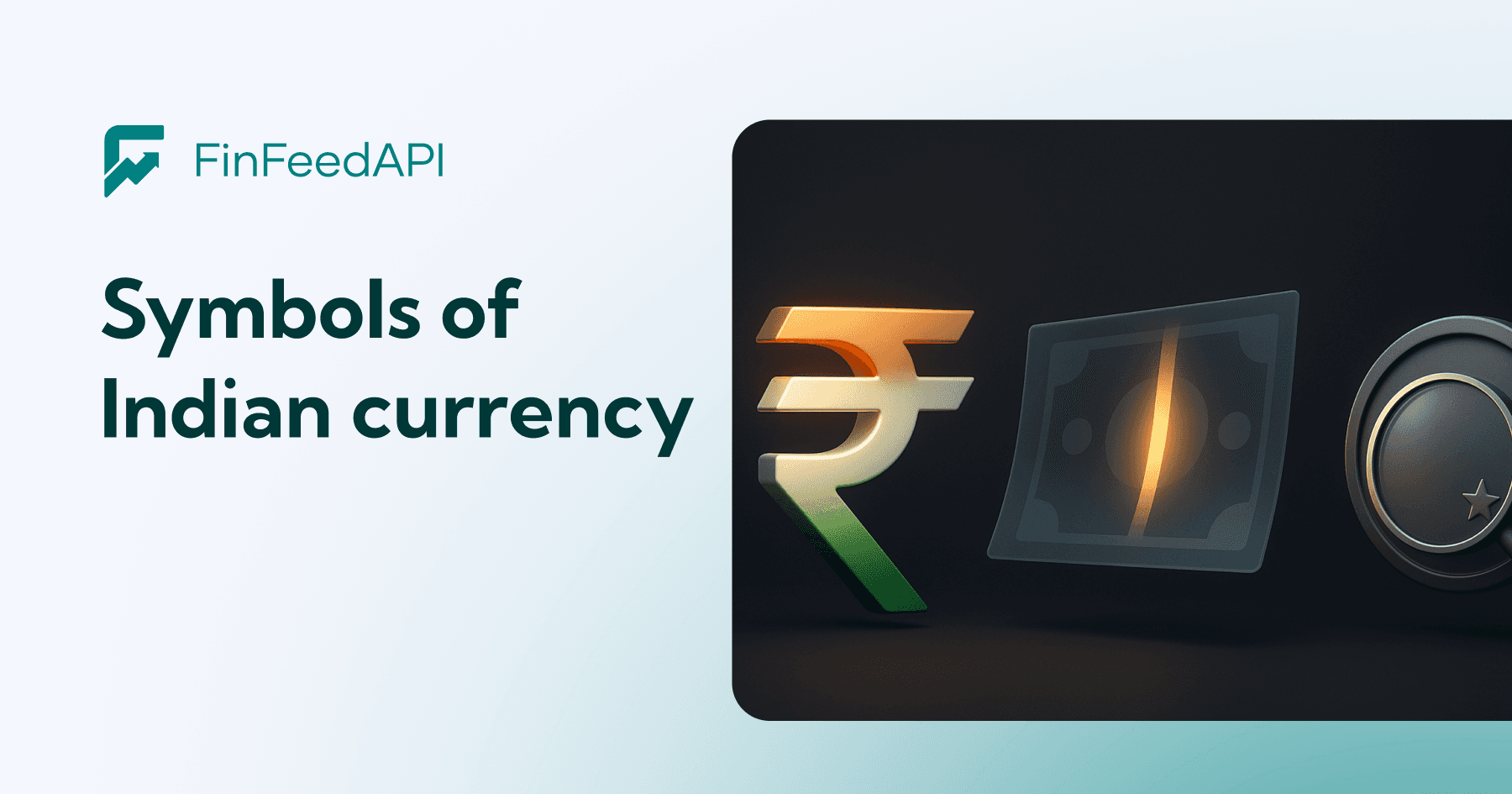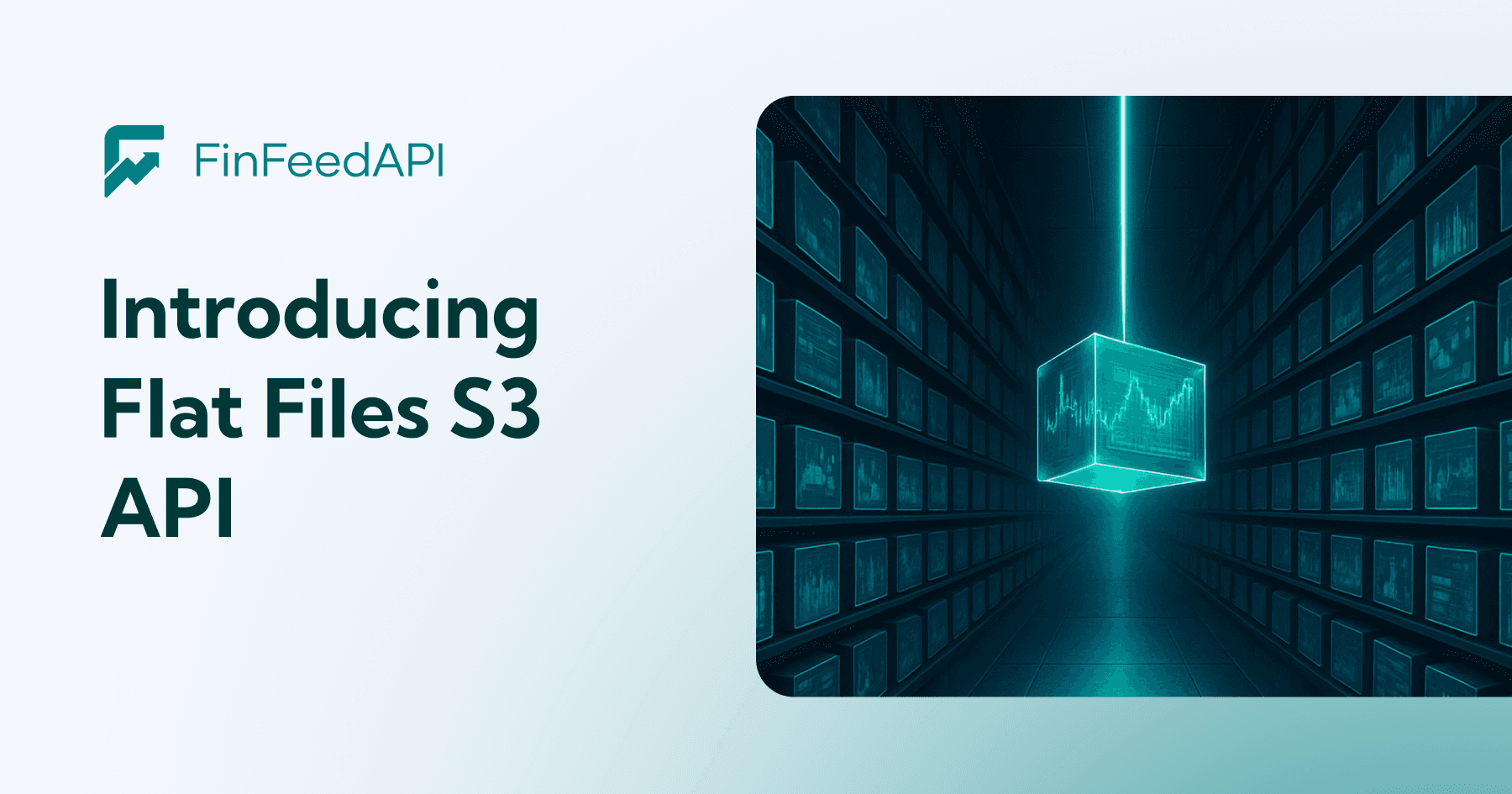Happy Halloween.
It’s the one night a year we all agree to be scared. We watch movies about axe-wielding monsters, haunted houses, and demonic possessions. We tell ghost stories around a campfire.
But if you’re a quant, a developer, or a compliance officer in finance, you know the truth.
The really scary stories... the ones that make your blood run cold and jolt you awake at 3 AM... don't come from Hollywood. They come from a terminal. They’re found in a log file. They’re whispered in a panicked Slack message right after market open.
In honor of the spooky season, dim the lights and lock the doors. We're counting down the Top 5 Market Data Nightmares That Are Scarier Than Any Slasher Flick.
1. The Backtest Ghost
You’ve done it. After six months of work, your backtest is a thing of beauty. It’s a perfect 45-degree angle of pure, unadulterated profit. You feel like a certified genius. You’ve cracked the code.
You deploy to production.
And... silence. Followed by red. So, so much red. Your beautiful strategy is bleeding out, and you have no idea why.
The Horror: Your "clean" historical data was a ghost. It was mostly there, but it had conveniently omitted the 2020 flash crash, that one random volatile Tuesday, and thousands of "messy" ticks. Your model wasn't built on data; it was built on a lie. You didn't write a strategy; you wrote fan fiction.
2. The Zombie Pipeline
It lives deep in your company’s servers. It’s a tangled, shambling monster of Python 2.7 scripts, raw PERL, and maybe—just maybe—some FORTRAN. It was built by "Dave," who left in 2017 and is now, according to LinkedIn, a professional beekeeper.
No one knows how it works. Documentation is a half-finished README.txt file. Everyone is terrified to touch it.
And yet, this "Zombie Pipeline," which stitches together 10 different vendor APIs, is what your entire company relies on for its data. It’s not alive, but it refuses to die. And one day, it’s going to stop shambling and start eating.
3. The Phantom Filing (A Jump Scare)
It’s 2:17 AM. You're asleep. A company you monitor files a critical 8-K disclosure that will move the market.
Your custom-built SEC parser—which worked perfectly for six months—encounters a new type of PDF. Or an XML tag that’s slightly different. It doesn't crash. It doesn't throw an error.
It just... fails silently.
You wake up at 7 AM, see the stock is down 30%, and check your system. "No new filings." The call... is coming from inside the house (or, in this case, the SEC's EDGAR server).
4. The 9:30 AM Freeze
It's 9:29:59 AM. Your algorithm is humming. The market is about to open with a bang. You're ready.
The bell rings. And... nothing.
The numbers on your screen are frozen. Tickers stop ticking. Is the market broken? Did the internet die?
No. It's worse. You just got a HTTP 429: Too Many Requests.
Your data vendor just rate-limited you. Or their server fell over. You're now trying to fly a fighter jet during the most critical 60 seconds of the day... by looking out the side window. In a fog. Good luck.
5. The "Real-Time" Lie (A Psychological Thriller)
This is the most terrifying horror of all, because you don't even know it's happening. Your dashboard says "REAL-TIME." Your API documentation promises "REAL-TIME."
But that "real-time" price is lagging by 500 milliseconds. Sometimes 800ms. Sometimes a full second.
You see a price. You execute a trade. You get a fill at a completely different price. You’re not trading against the market. You're trading against an echo of the market.
You are the character in the horror movie who's been dead for 20 minutes but just hasn't realized it yet.
Don't Let Your Stack Become a Horror Story
Happy Halloween! Okay, maybe that was a little too real.
The point is, these data nightmares aren't caused by supernatural forces. They're caused by fragmented data, bad architecture, and brittle, custom-built parsers.
The real treat this Halloween isn't candy corn. It’s a single, unified API for stocks, FX, and SEC filings that just... works. No ghosts in the backtest. No zombies in the pipeline. Just clean, fast, and reliable data.
Don't let your data stack haunt you. Check out FinFeedAPI and see what a dream pipeline looks like. (Spoiler: it's not a nightmare).






